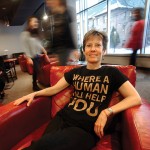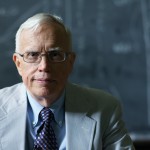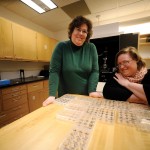It’s A Place Where Problems Are Solved

The Center for Immersive Learning and Engaged Teaching will provide an innovative central location for the programs and services that make Colorado College unique.
Issue: April 2014 • Tags: Features
The Center for Immersive Learning and Engaged Teaching will provide an innovative central location for the programs and services that make Colorado College unique.
Issue: April 2014 • Tags: Features
In January 2014, Colorado College launched a series of new and diverse experiences for Half Block, the shortened academic session between Winter Break and Block 5. It was filled with opportunities aimed at helping students explore interests, develop life skills, and enhance existing abilities. The program proved popular, with more than 332 students registering for…
Issue: April 2014 • Tags: FeaturesJohn Shors ’91 has traveled the world but always carries with him the CC spirit of curiosity and service to others.
Issue: April 2014 • Tags: Features
David Burnett ’68 Captures Moments, Miles, and Memories David Burnett has photographed gun battles in the streets of Iran, Olympic divers seemingly paused in mid-air, every president since John F. Kennedy. He’s chronicled D-Day anniversaries in Normandy and authored “Soul Rebel,” a book of Bob Marley images. He’s won more national and international awards for…
Issue: April 2014 • Tags: Features
The current debate over inequality and what to do about the shrinking middle class overlooks an effective solution: grow more capable people one child at a time. This requires investing in programs that raise productivity and opportunity through developing the skills that matter for success in life. Such programs should be expanded even in times…
Issue: April 2014 • Tags: Features
When physics and biology join forces, everybody wins.
Issue: April 2014 • Tags: FeaturesCC Professors Kristine Lang and Phoebe Lostroh are studying Acinetobacter baylii, a non-pathogenic soil bacteria, to understand how it takes in DNA, leading to genetic changes. Bacteria have only one parent so they don’t undergo genetic variation the way humans do, explained Lostroh, a microbiologist. She said various bacteria use one of three methods of…
Issue: April 2014 • Tags: Features